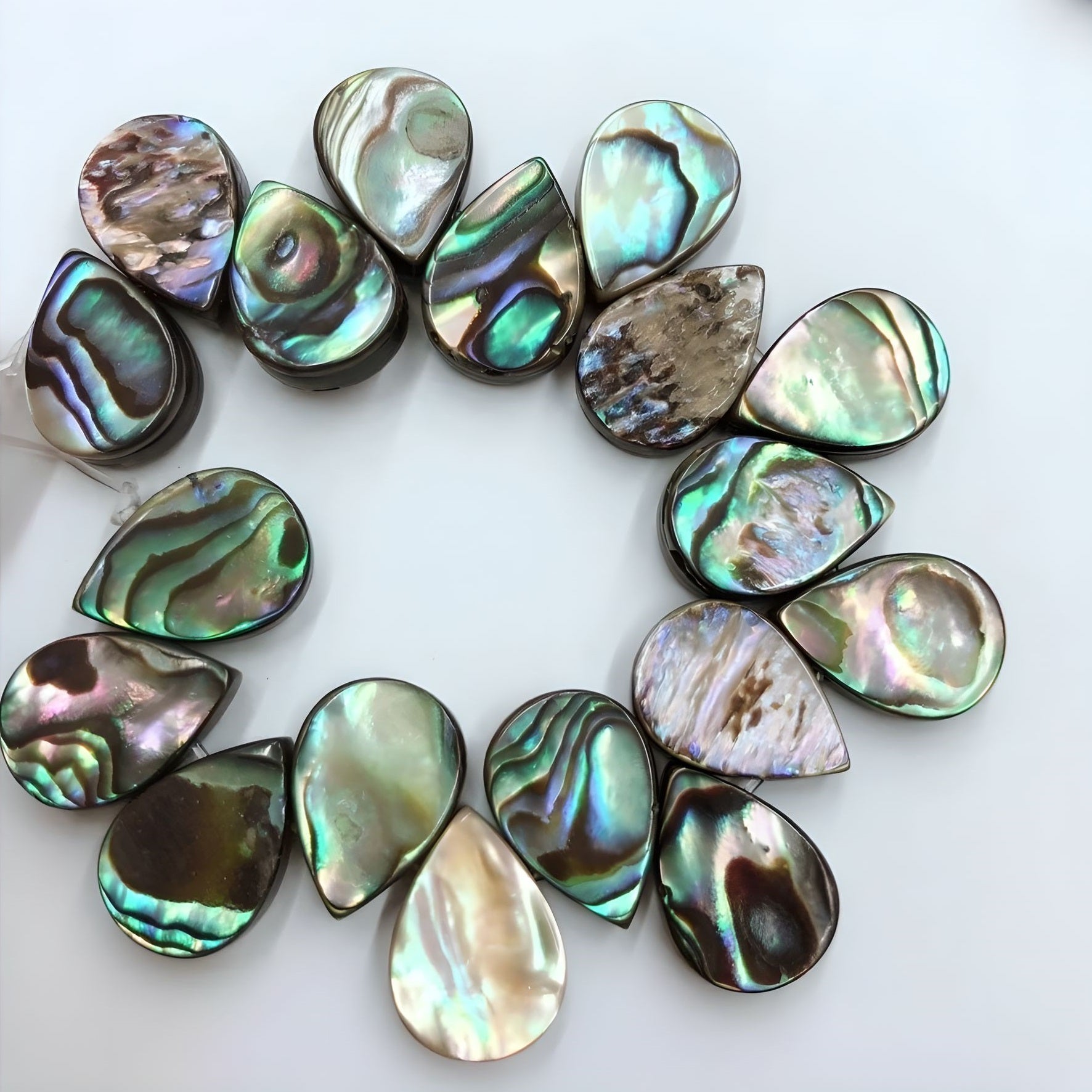
The Different Between Freshwater And Tahitian Pearls: Are They Comparable?
Freshwater vs. Tahitian Pearls: Are They Comparable?
Exploring the Vibrant Spectrum of Pearls
Introduction: Are All Pearls Created Equal?
Have you ever been captivated by the shimmering elegance of a pearl necklace and found yourself wondering what sets one pearl apart from another? In recent years, particularly colorful freshwater pearls have garnered significant attention, sparking intriguing questions among both consumers and experts: Will there come a day when the vibrancy of Chinese freshwater pearls rivals and possibly competes with the exotic allure of Tahitian pearls? Join us as we dive into the world of pearls, uncovering the unique characteristics and potential overlaps of these natural treasures.

The Unique Characteristics of Freshwater Pearls
Origins and Variety
Freshwater pearls are primarily cultivated in China, using mussels like the popular triangle shell mussel. These pearls are renowned for their diverse range of colors, including shades like purple, pink, yellow, and white according to the American Gem Society. Unlike saltwater pearls, freshwater variants possess a natural luster that captivates with each color combination.
The Science Behind the Spectrum
The palette of freshwater pearls can be attributed to their genetic makeup. The triangle shell mussel, used extensively in cultivation, plays a vital role in determining the color outcomes. While theoretically, the combinations within four basic color families can seem infinite, practical outcomes often reveal a convergence towards these key tones. A scientific approach to breeding explores these genes to produce vivid yet authentic hues, although true-to-form colors often remain elusive. For a deeper dive, you can refer to Pearl-Guide’s insights on pearl colors.
Tahitian Pearls: An Exotic Lure
An Oceanic Wonder
Native to French Polynesia, Tahitian pearls are often revered for their striking, dark hues ranging from black to green and even displaying overtones of blue and silver as detailed by The Pearl Source. These pearls are cultivated in black-lipped oysters, providing a stark contrast to their freshwater counterparts.
A Unique Color Journey
The pearls’ distinctive colors are a result of complex genetic processes within the black-lipped oysters. This aspect of Tahitian pearls’ appeal may seem unrelated to Chinese freshwater varieties, yet it highlights an absence of overlapping features in terms of genetic disposition and environmental formation.
Can Freshwater Pearls Imitate Tahitian Elegance?
The Role of Genetic Combinations
When examining freshwater pearls’ potential to emulate Tahitian dark beauty, the unique properties of their genetic foundation become apparent. Despite ongoing research endeavors, elements such as dominant white core genetic traits pose limitations. Unlike white, which seamlessly replicates, purples and greens diverge from expected paths, resisting uniform color development.
Marketplace Dynamics and Differentiation
In the world of high fashion and luxury, the demand for consistent, striking hues in pearl jewelry remains paramount. While white freshwater pearls have breached new barriers in availability and quality, the journey from fantasy to reality for colors like green remains steep. With buyers increasingly pursuing strong identity markers in jewelry, differentiation between freshwater and Tahitian pearls persists.
Conclusion: The Harmony of Diversity
To suggest that Chinese freshwater pearls and Tahitian pearls will engage in direct competition simplifies the complexity of their distinct identities. Freshwater pearls, with their evolving palette, rarely mirror the shades seen in Tahitian varieties, maintaining an equilibrium where variety does not imply rivalry. The ongoing evolution in breeding techniques promises a future where each type of pearl will shine its own light without canceling out the other.
In navigating the fascinating world of pearls, understanding their roots and possibilities sheds light on why both continue to allure with their diverse beauty. As research amplifies and cultivation methods refine, pearl enthusiasts will continue to enjoy the varied offerings from around the globe without fear of losing their unique legacies.
For those captivated by the multi-colored charm of pearls, exploring the worlds they each belong to can enhance appreciation and deepen the stories pearls have to tell. So, will freshwater pearls ever truly mimic Tahitian grace? It seems the beauty lies in their individuality as much as their luster.



Leave a comment
This site is protected by hCaptcha and the hCaptcha Privacy Policy and Terms of Service apply.